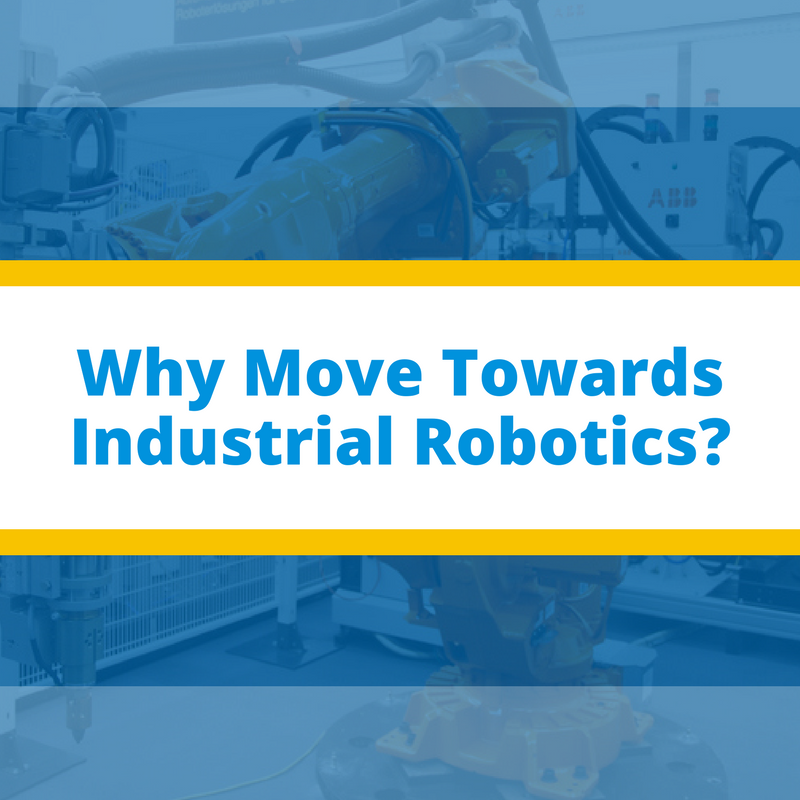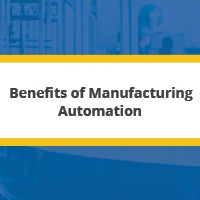While robots do bring numerous benefits in terms of efficiency, safety and reliability for an industry, at the same time they tend to overwhelm workers with the notion that their jobs are going to be replaced. The reaction is quite common, especially in small to medium sized firms for whom automation is more of a necessity to stay competitive.
A technological evolution is underway in the Heavy Fabrication industry, particularly those that involve large-part & large-plat foundry applications. Conventionally, the industry has relied heavily on human labor, hoists and cranes to get the job done, but the downward trend in the cost of robots has allowed these industries to look towards robotic automation.
What to Consider When Specifying for New Components
At one point or another, system engineers have to go through the challenging task of replacing a component with a new one. It may be due to a vast amount of reasons such as:
- The manufacturer discontinued support
- Lack of reliability in terms of procurement
- Overly-inflated cost
- Frequent failures
- Technical conflicts
However, replacing a part isn’t that easy, especially when choosing it in the first place required going through a lengthy process. The major problem is the absence of a direct cross-reference pointing to the new item. The entire product specifications have to be dissected and then searched through various manufacturers’ products.
The Benefits of Busbar Power Distribution Systems
A typical busbar system is made up of copper busbars and splice connectors, and provide a standard way of making connections to panel mounted and bus mounted components. A high degree of safety is maintained throughout all such actions. Busbar power distributions systems are gradually taking over conventional wiring methods as they have a number of benefits attributed to them.
The Internet of Things (IoT) is one of the most important, if not the most important topic of R&D units throughout the global industrial landscape. It is part of the new industrial revolution known as Industry 4.0, and its prime focus is to offer greater reliability, flexibility and security within industrial systems through connectivity.
As IoT is combination of various technologies, and focusses on the coordinated operation of multiple assets, it is impossible for traditional developers to adjust to the new reality without uplifting their knowledgebase.
Nikola Tesla and Thomas Edison are two polarizing figures in the field of electricity, both being equally credited and acclaimed for their inventions and innovations. As we know AC, or Alternating Current, was invented by Tesla while Thomas Edison put his DC power to work, with both sides trying to prove their technology’s worth. At the time DC won the battle but in the long-run lost the war, as eventually the entire global electric infrastructure adopted AC as the standard for transmission and distribution.
Uncertainty in global markets acts as one of the biggest motivator for optimization of all sorts. The recent oil price slump was alarming for all, from government-owned oil companies to century old gas-giants. In such situations, every dollar saved per unit is rewarded, as the stakes are simply too high. Process Optimization is one of the most cost-effective ways to improve profit margins and drive a company through prolonged market slumps.
What Industrial Analytics Platforms Offer Manufacturers
Internet of Things has brought several changes to the conventional manufacturing landscapes, one of the major ones being the new wave of data streams due to a wide variety of sensory devices. Industrial Analytics is a concept that sits at the helm of all this, turning raw machine data into information that can be used to drive intelligent operations and processes.
Automation is the process of embedding industrial machinery like welders, material handlers, palletizers, cutters, dispensers, etc. into manufacturing industries. The utilization of hardware and software automation brings an increase in productivity, profitability and safety of the industry, and as a whole increase competitiveness.
Ever since its inception, 3D printing has been a hot-topic for research in the industrial world, as it introduced time and cost benefits that were otherwise inaccessible. Building on the very same base, Additive Manufacturing has proven to be an even more beneficial technique as it has fused together the sleekness of 3D printing and wide selectivity of manufacturing materials.












